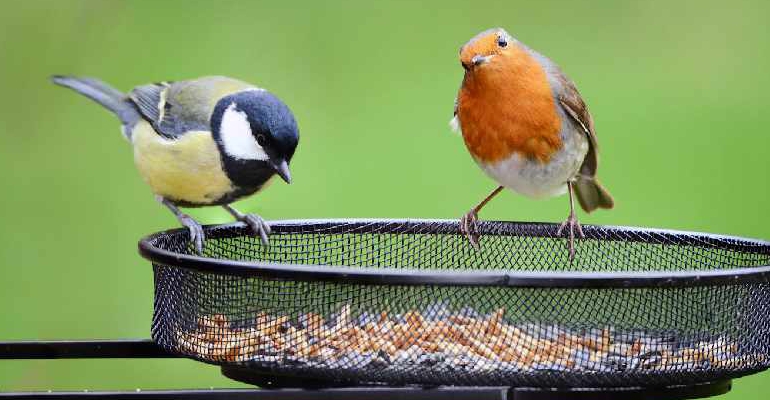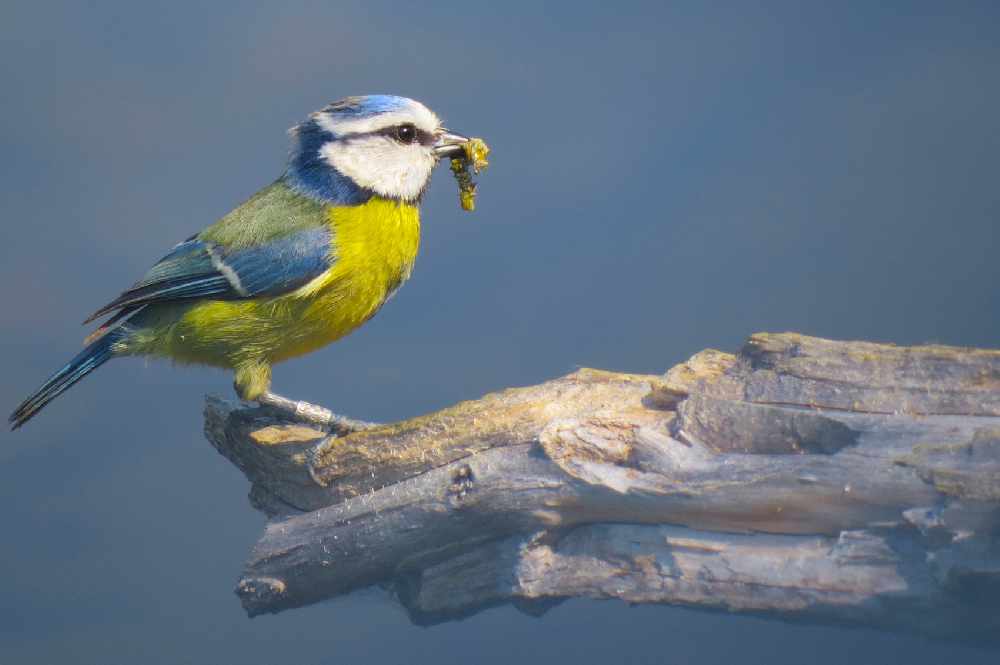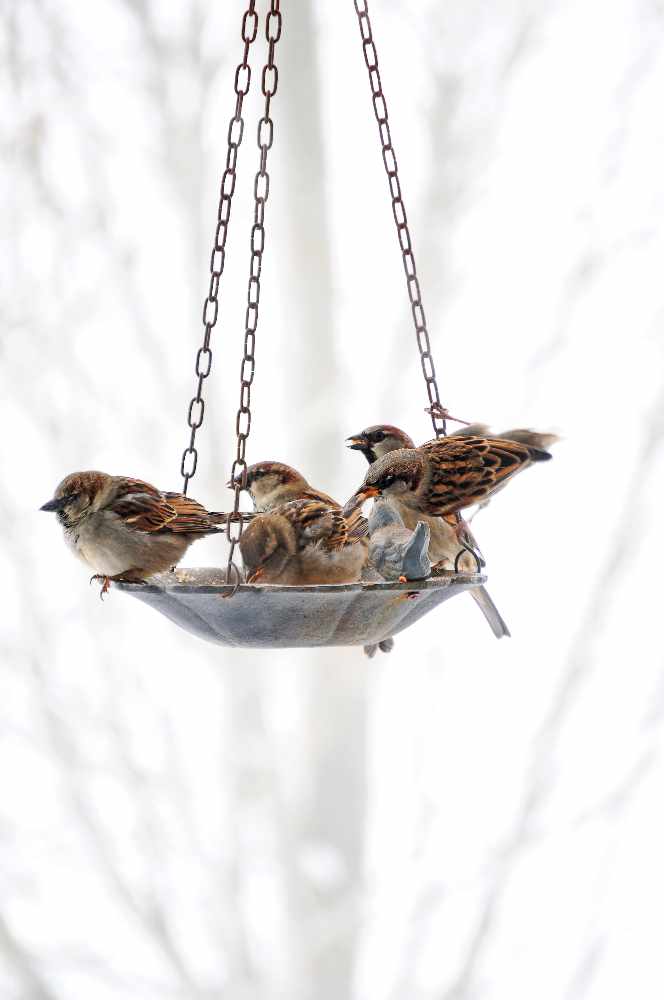
Gardening to help sustain our garden birds isn’t just a philanthropic gesture. It’s immensely beneficial to the health and biodiversity of your garden - and also to the wider environment, writes Flo Whitaker
When compared to the parks and gardens of stately homes, it’s understandable if we regard our own gardens as insignificantly small, but we should take a collective step back and consider the bigger picture. When added together, ‘ordinary’ householders are, in fact, the greatest landowners in the UK. Our domestic gardens account for an area equivalent to Exmoor, Dartmoor, the Norfolk Broads and the Lake District National Park combined. Taking this view, it’s easy to see how even the smallest plot can play a part in helping garden birds to thrive.
Late winter through to early spring is the time when nature’s store cupboard is almost bare. Autumn’s harvest of fruits, berries and rosehips have long been consumed. Seed heads, bleached by frost and wind, stand empty. Flying insects are scarce and worms semi- hibernate; burrowing deeper into the soil to escape winter’s chill, making them out of reach for most birds.
Early-flowering shrubs can help fill the hungry gap. Witch hazel, daphne, viburnum and mahonia are real stalwarts of spring; providing nectar-rich flowers for birds and early-venturing insects. Neat-freak gardeners aren’t generally fans of honeysuckle as its natural growth habit is to make a multi-stemmed tangled ‘mess’, but it’s a plant that is invaluable to wildlife. Not only does it produce flowers and berries, its interweaving stems also offers great shelter and nestbuilding opportunities – birds will strip off honeysuckle’s papery bark for use as nesting material.

Best of all is humble ivy. Like honeysuckle, its tangled growth makes a perfect habitat for all manner of wildlife and its fatty, high energy berries are carried throughout winter; blackbirds and thrushes seem to particularly enjoy them. Flower pollen from early bulbs will also provide a nutritious snack for wildlife, but be prepared for pesky pigeons to rip crocus blooms to shreds – bah!
Birds need a dependable source of ice-free water; not just to drink, but also for bathing to keep their feathers in tip top condition – a cold plunge on a frosty day holds no fear for them. Fancy bird baths are all very well, but a cheap plastic plant saucer is just the thing in winter; being frost-resistant it will flex and bend, allowing ice to be easily knocked out. Don’t forget to give bird baths, bird tables and feeders a weekly scrub with hot soapy water to remove any harmful bacteria.
If you give the birds a helping hand at the leanest time of the year, they will repay your efforts many times over. One blue tit chick will eat approximately 100 caterpillars and insects per day - that’s 100 less beasties to munch away at your summer cabbages and roses. Now, there’s a thought...


 Blooming Times: Happy Faces
Blooming Times: Happy Faces
 Blooming Times: Winter Sparklers
Blooming Times: Winter Sparklers
 Homes Extra: Restore, Repair, Recycle
Homes Extra: Restore, Repair, Recycle
 Home Style: A Scandi Winter's Tale
Home Style: A Scandi Winter's Tale
 Blooming Times: Winter Wonders
Blooming Times: Winter Wonders
 Home Style: Bold, Brave & Beautiful
Home Style: Bold, Brave & Beautiful
 Blooming Times: The Answer Lies in the Soil
Blooming Times: The Answer Lies in the Soil
 Blooming Times: Heavenly Hyacinths
Blooming Times: Heavenly Hyacinths
 Legendary Builds with Phoenix Construction Services
Legendary Builds with Phoenix Construction Services
 Blooming Times: Know Your Enemy
Blooming Times: Know Your Enemy
 Bespoke Dreams from Eridge Green Kitchens
Bespoke Dreams from Eridge Green Kitchens
 10 Hot Years: iFit Fires & Flues
10 Hot Years: iFit Fires & Flues
 Home Style: Bold Type
Home Style: Bold Type
 Blooming Times: The Sky's the Limit
Blooming Times: The Sky's the Limit
 Home Style: A Better Way of Life
Home Style: A Better Way of Life
 Homes Extra: Shed Space
Homes Extra: Shed Space
 Blooming Times: Top of the Pots
Blooming Times: Top of the Pots
 Kids Zone: Get the Kids Growing
Kids Zone: Get the Kids Growing
 Home Style: Pastures New
Home Style: Pastures New
 Homes Extra: Let There Be Light
Homes Extra: Let There Be Light